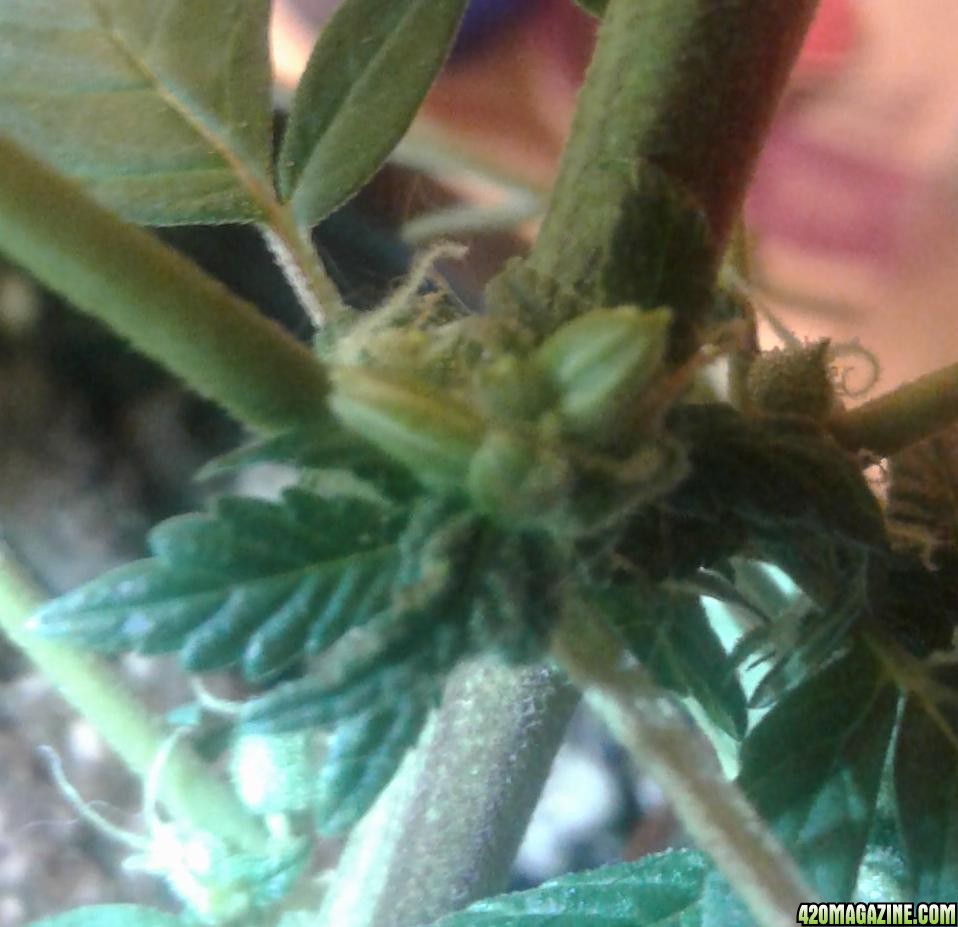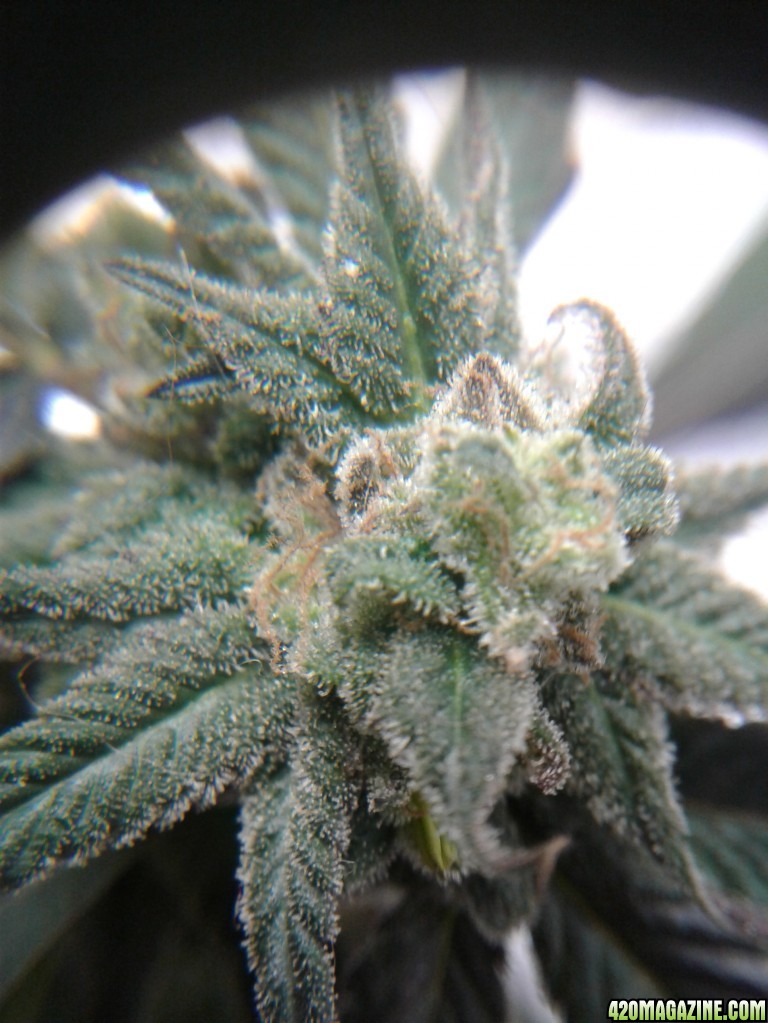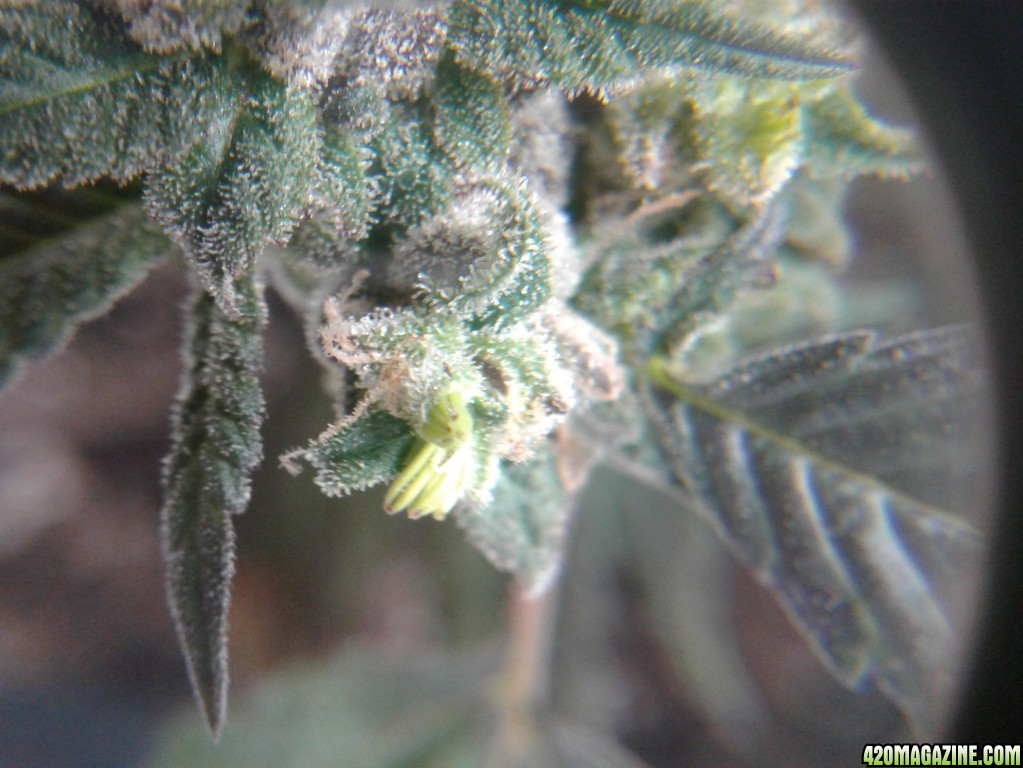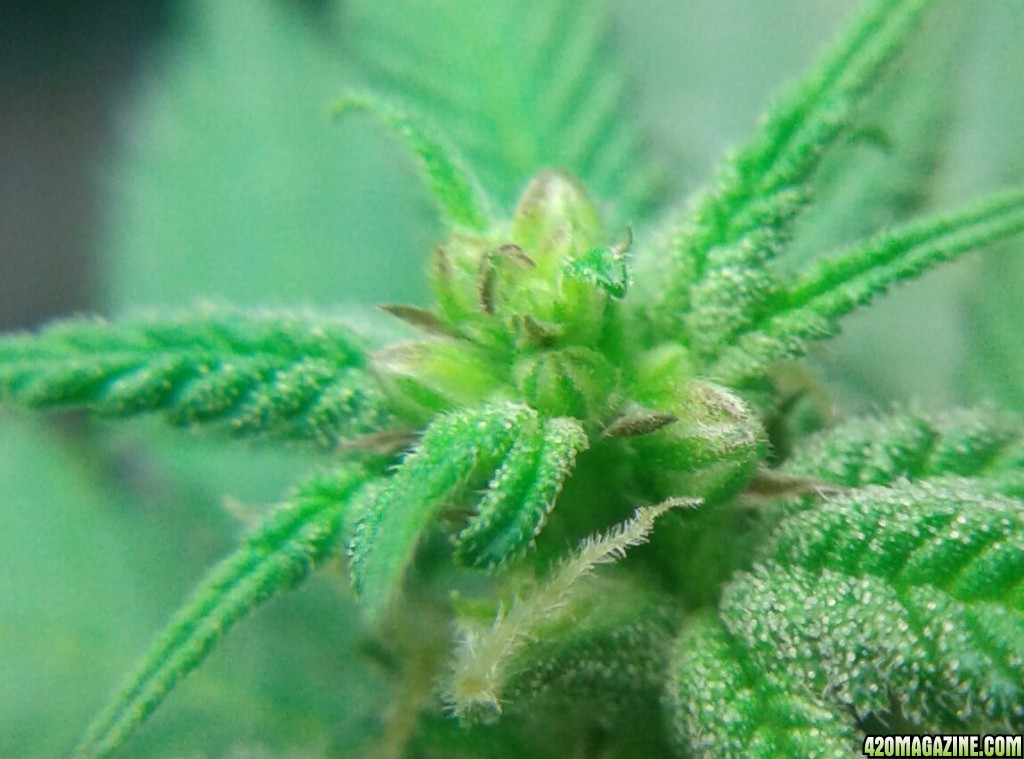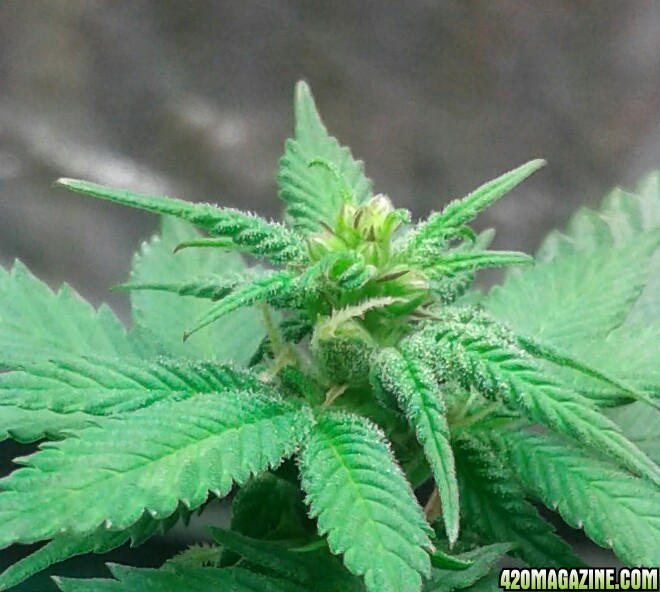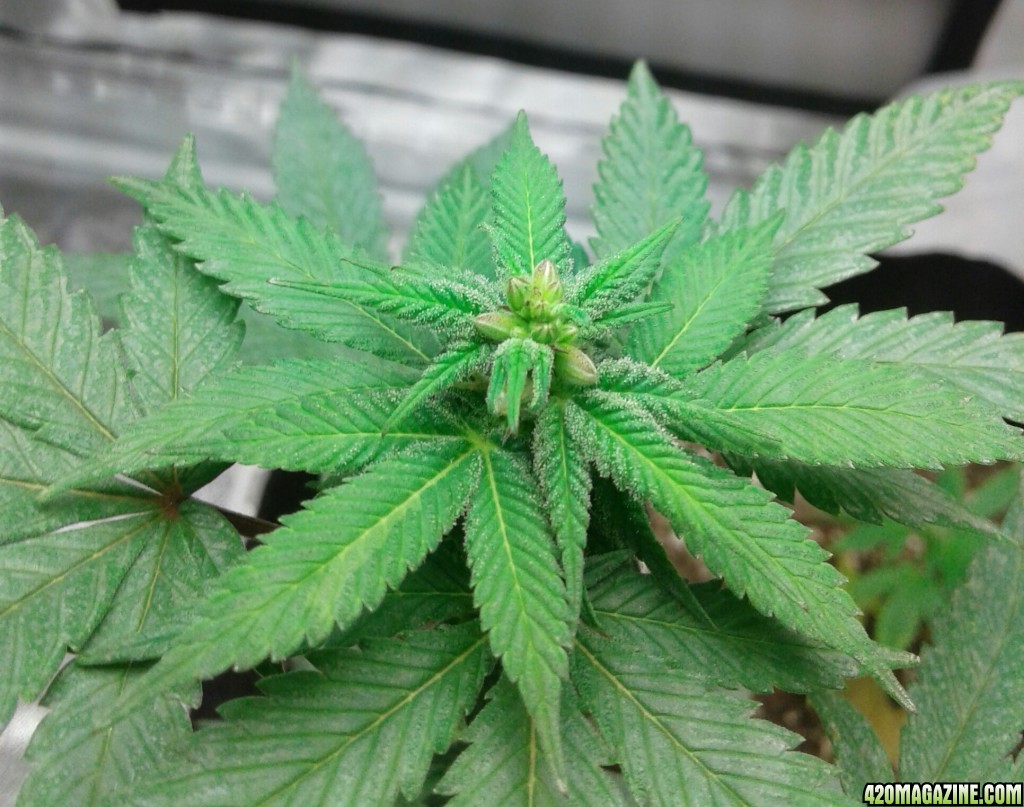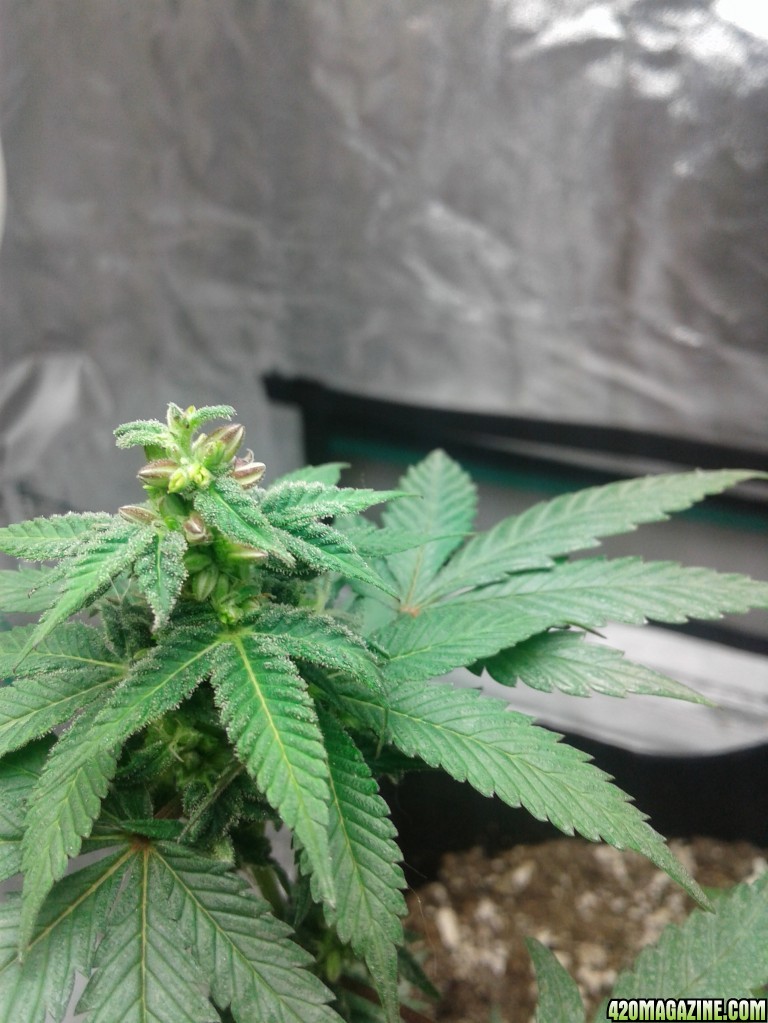Well van. I do know environmental stress leads to a much higher male to female ratio... I believe growchy posted a link at some point in his purple journal
I have heard that....but I was curious if that was a reaction to the stress and it changed itself......or are they generally born in a gender neutral state and then the environment conditions cause them to lean one way or the other.
In my mind I would think its predisposed to be one or the other, but I suppose it also makes sense to have the plant have the ability to adapt to its situation and do whatever is best to ensure the genetic line gets passed down.




